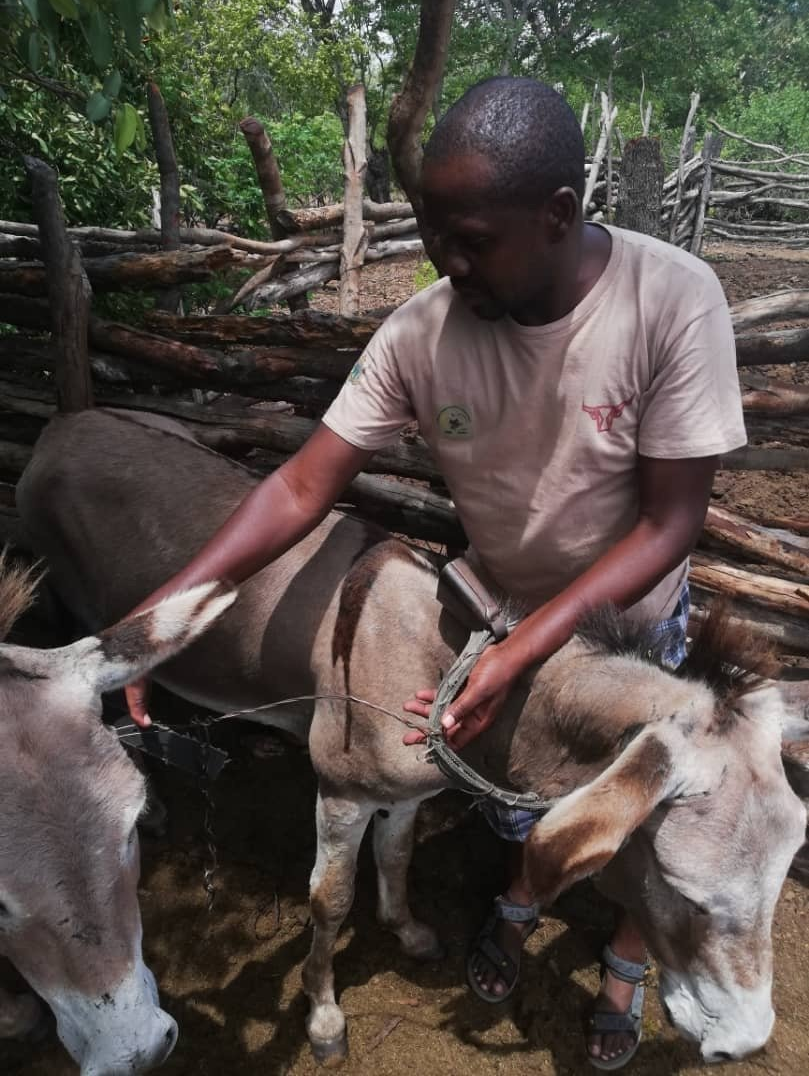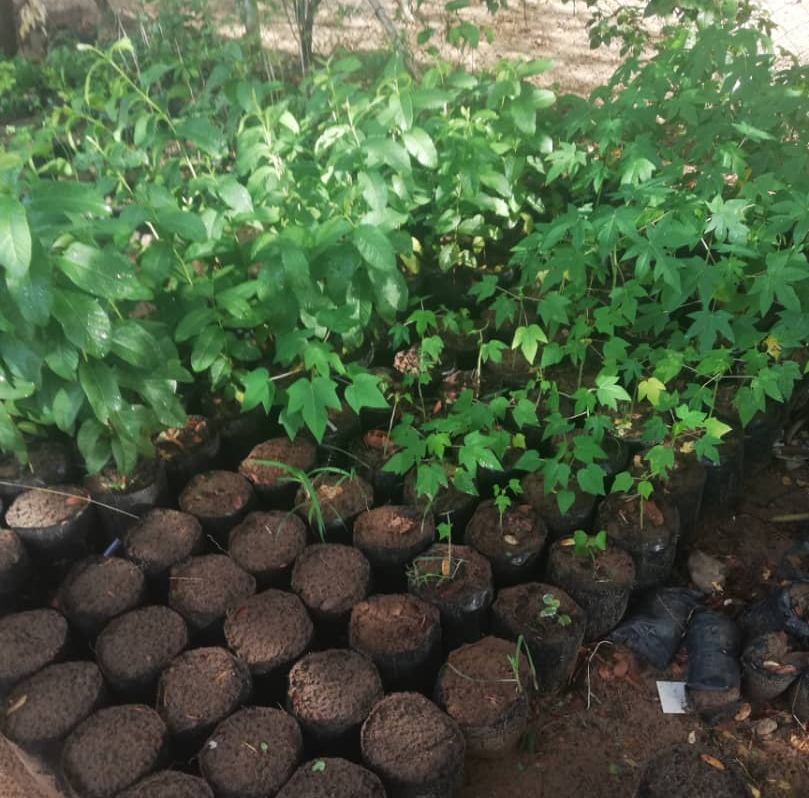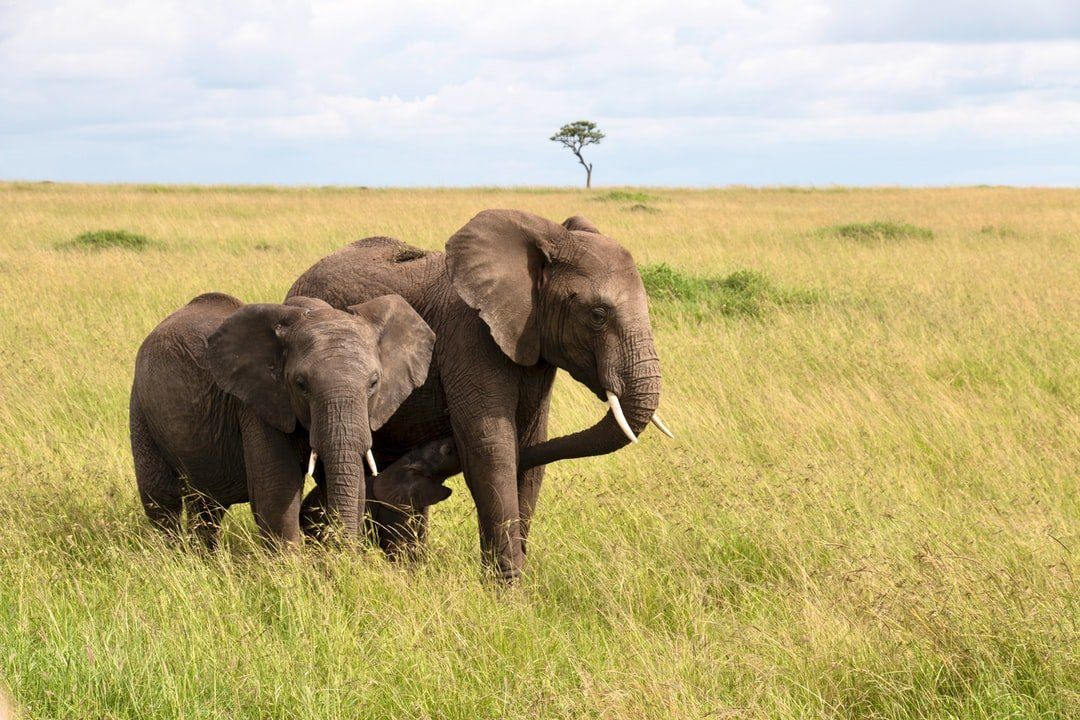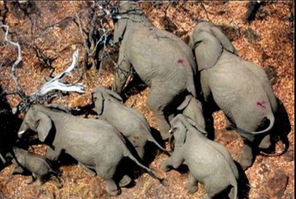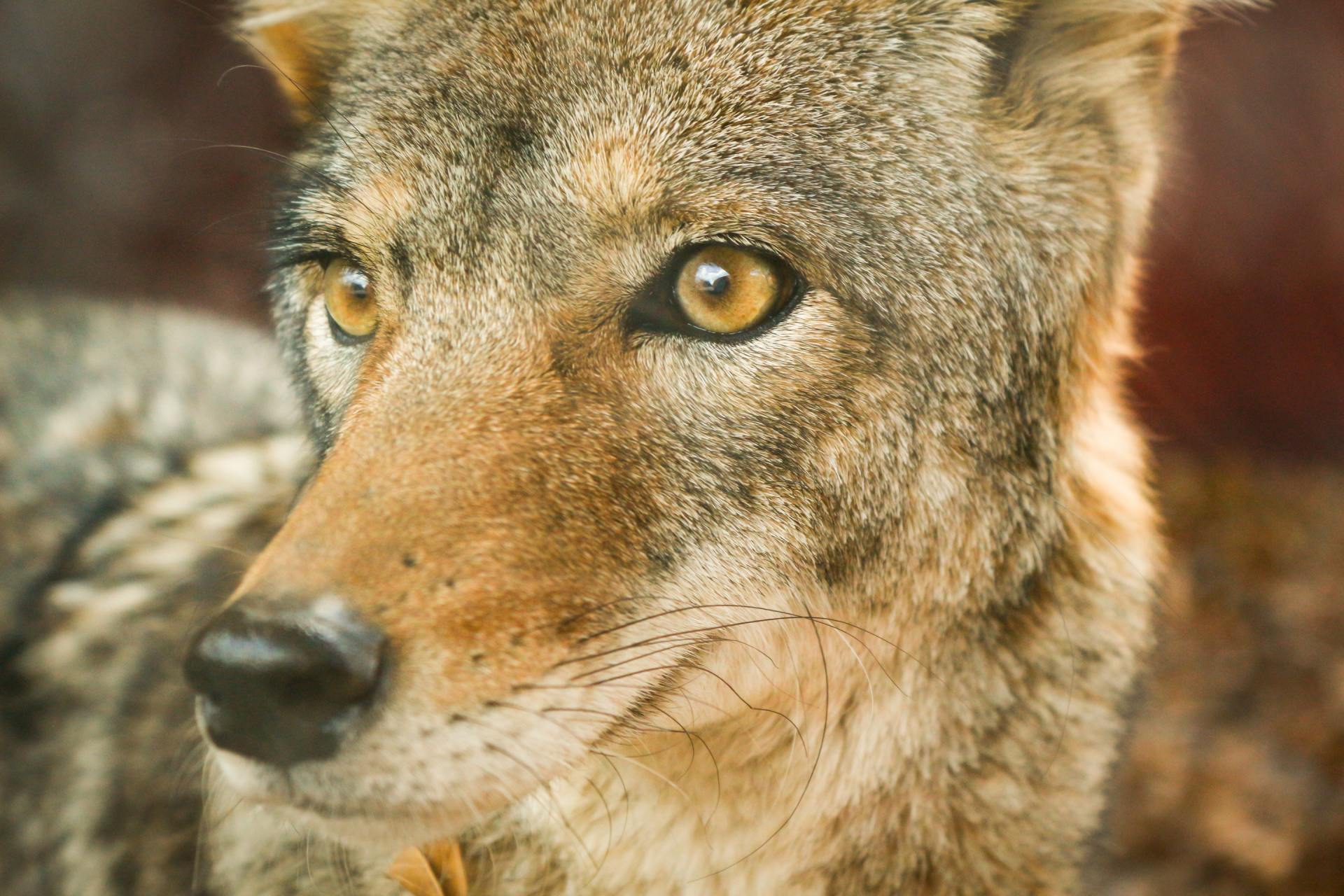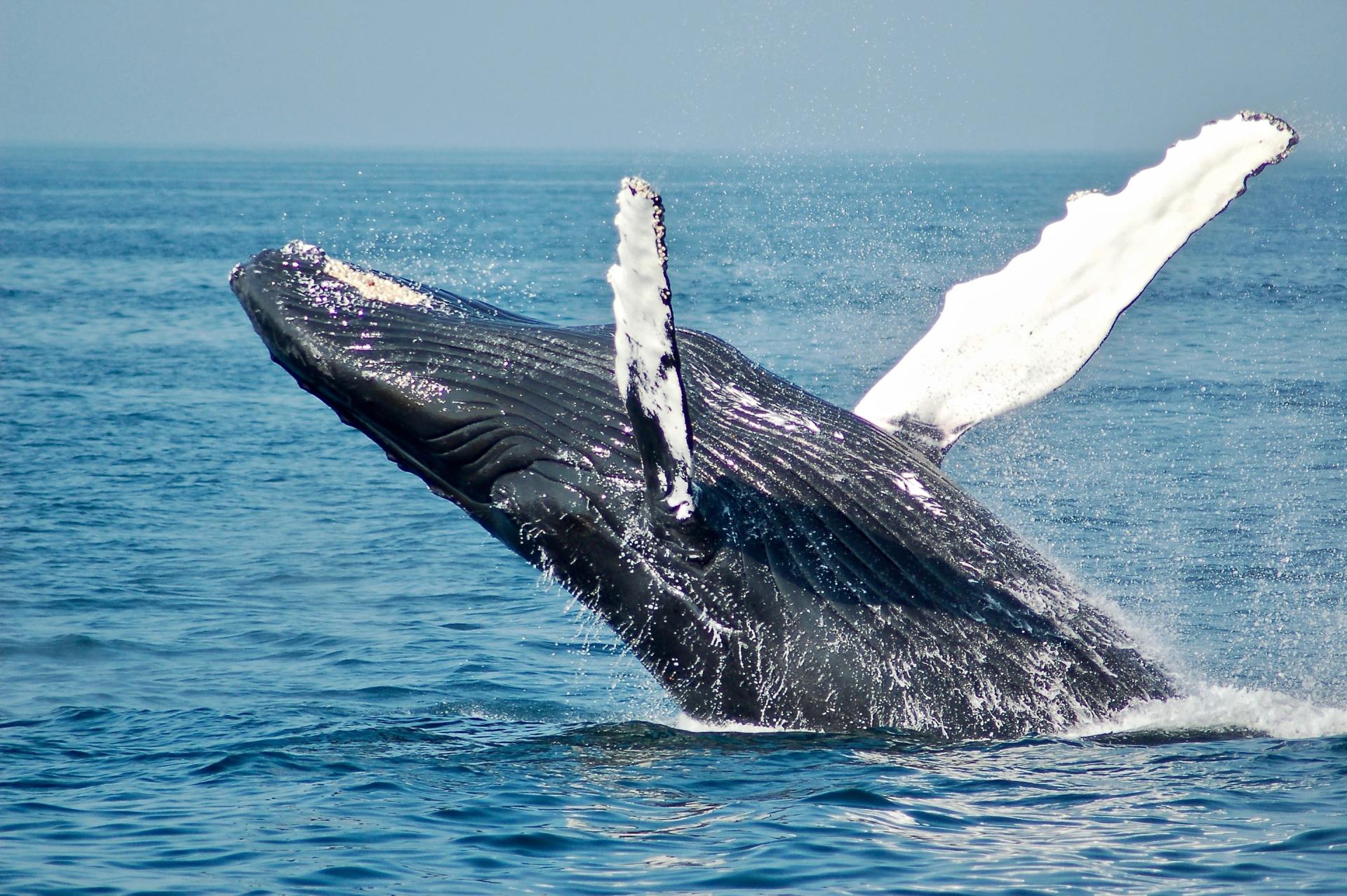In Partnership with Sibanye Animal Welfare and Trust Conservancy in Zimbabwe
Environmental ALERT Report is also working in conjunction with Sibanye Animal Welfare and Trust Conservancy in Zimbabwe to help educate villagers with non-lethal methods of dealing with human wildlife conflict.
Environmental Alert Report is also helping to raise funds with Veronique Becka to purchase land in upper Michigan that will be designated for Wolf Habitat. Hunting and trapping is prohibited.
Sibanye Animal Welfare and Conservancy Trust (SAWC) was founded in 2018 and is an animal welfare, wildlife and habitat conservation organization working to safeguard biodiversity and ecosystems in Zimbabwe primarily in the Hwange and Tsholotsho communities.
Environmental Alert Report and
Sibanye Animal Welfare and Conservancy Trust:
Environmental Alert Report works in conjunction with SAWC on issues of Human wildlife Conflict and mitigation techniques in Zimbabwe. EAR and SAWC are part of the Zimbabwean Elephant Coalition (2019) working to stop the export of 37 captured juvenile elephants to zoos in China.
Donations to support the work of Sibanye Animal Welfare and Conservancy Trust can be made through Environmental Alert Report, Inc. Please send an email noting how much of your donation you would like contributed to SAWC.
Legal Name: Sibanye Animal Welfare and Conservancy Trust
Stand 208 Box 118 Lupane Zimbabwe
+263773564964/ +263713919855
Contact Person: Alfred N. Sihwa
SAWC is Registered as a Trust. MA 0000031/2018
Vision
Animal welfare, climate change mitigation and habitat conservancy constant improvement is embedded in societal and cultural norms. Education is the tool to manage effectiveness and continuity.
Mission
To promote the welfare of animals, strengthen human wildlife bonds and improve the lives of animals in Zimbabwe by conserving the lands and water on which all life depends.
Accomplishments:
- Humane education in 13 Schools in Lupane
- Medical treatment for donkeys injured by harnesses.
- Construction of 4 Bomas for donkeys to prevent night attacks by wildlife.
Alfred Sihwa
Current Project:
One of Zimbabwe's greatest ecological problems is Human Wildlife Conflict (HWC). As elephants travel though lands, which they have traveled through for countless generations, they come into direct contact with villages destroying crops and are labelled problem animals or crop raiders. The Zimbabwe government common response is shoot the animals, or allow the villagers to kill the animals. To make matters worse, Zimbabwe is once again in the middle of an economic collapse, and as there was no rainy-season this year, crops are already failing and by the end of the year a humanitarian crisis is expected. This places elephants in a harder position than ever. When it comes down to humans versus wildlife, wildlife is always the loser. So when people are hungry, the 'crop raider' label becomes an ever more serious one and most Zimbabweans already see elephants as the rest of the world sees rats: an unwanted (and dangerous) pest. While the world focuses on elephants killed in national parks, there are largely undocumented and very concerning high numbers of elephants being slaughtered in communities.
Human Wildlife Conflict with Elephants
Objectives
• To address human wildlife conflict through electric elephant solar fencing and beehive fencing
• To install lion lights to reduce predator attack on domestic animals.
• To institute and coordinate a holistic herders grazing program.
• To provide water for holistic organic farming for self sustainability.
• To encourage children to attend school for betterment of their futures and better livelihoods.
Practices
1. Chilies and Bees to repel elephants
Plantation of chilies around fields deter and repel elephants from entering the fields. Chilies are planted pre-farming season so that they are flowering before the maize is becoming fertilized.
In addition to chilies, bee hive fencing also protects the fields with honey providing another resource for villagers. The target of this project is 100 farms per ward.
2. Lion lights in Kraals/ Bomas
Install flashing lion lights around 100 kraals that deter predators. Mobile kraals are preferred as a way to fertilize sections of the fields that are not being farmed.
3. Education & Sustainability
Community education on conservation, biodiversity and how to humanely manage their animals. This will be done both in schools and communities
What SAWC is doing during the Corona Virus Pandemic:
SAWC is setting up hand washing stations in an effort to contain or stop the Corona Virus.
Elephants
Best practice transdisciplinary mitigation approaches to human-elephant conflict: from over-population to individual animals
Useful Links
Stay Informed. Subscribe to Updates.
Contact Us
We will get back to you as soon as possible
Please try again later




